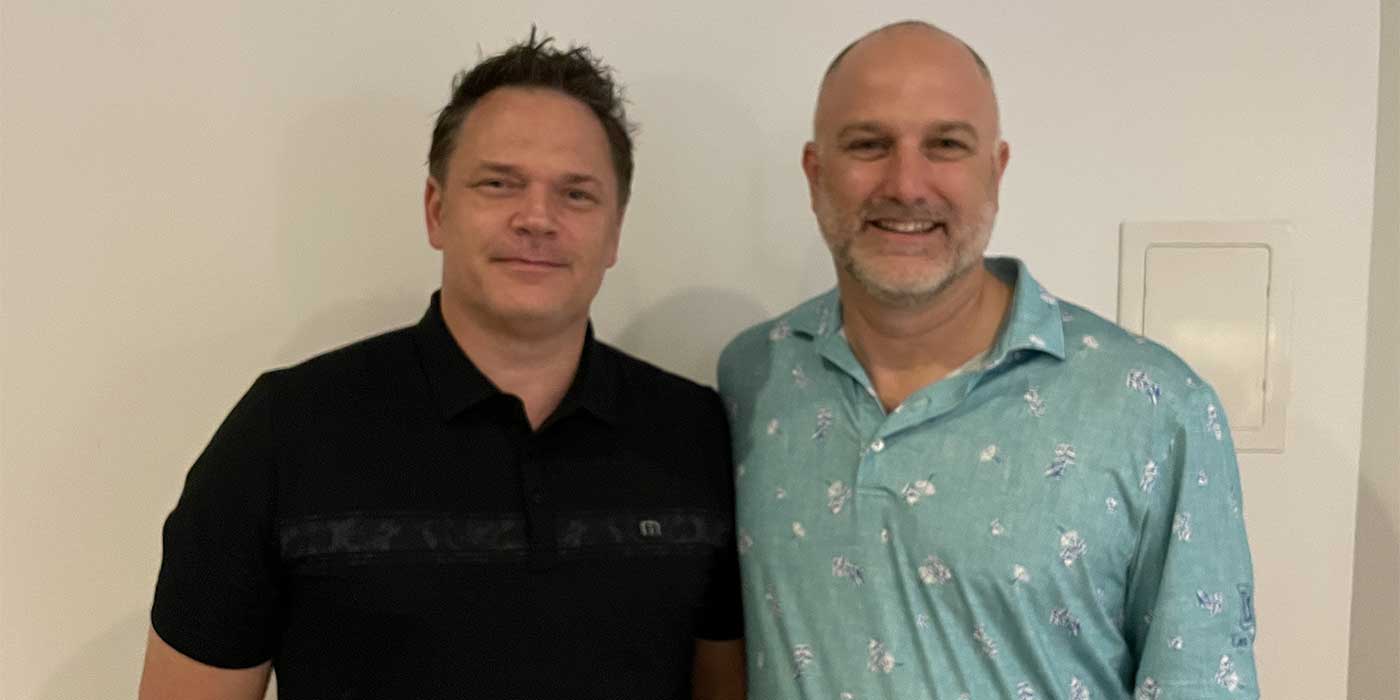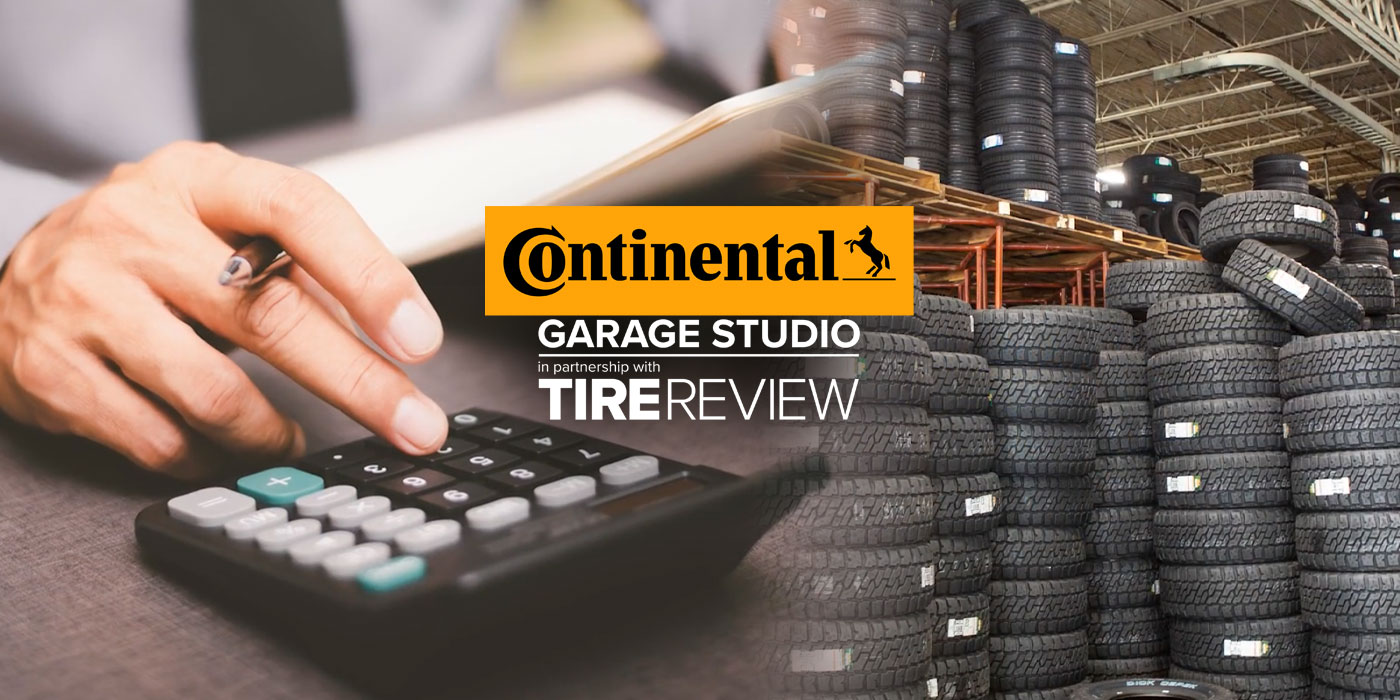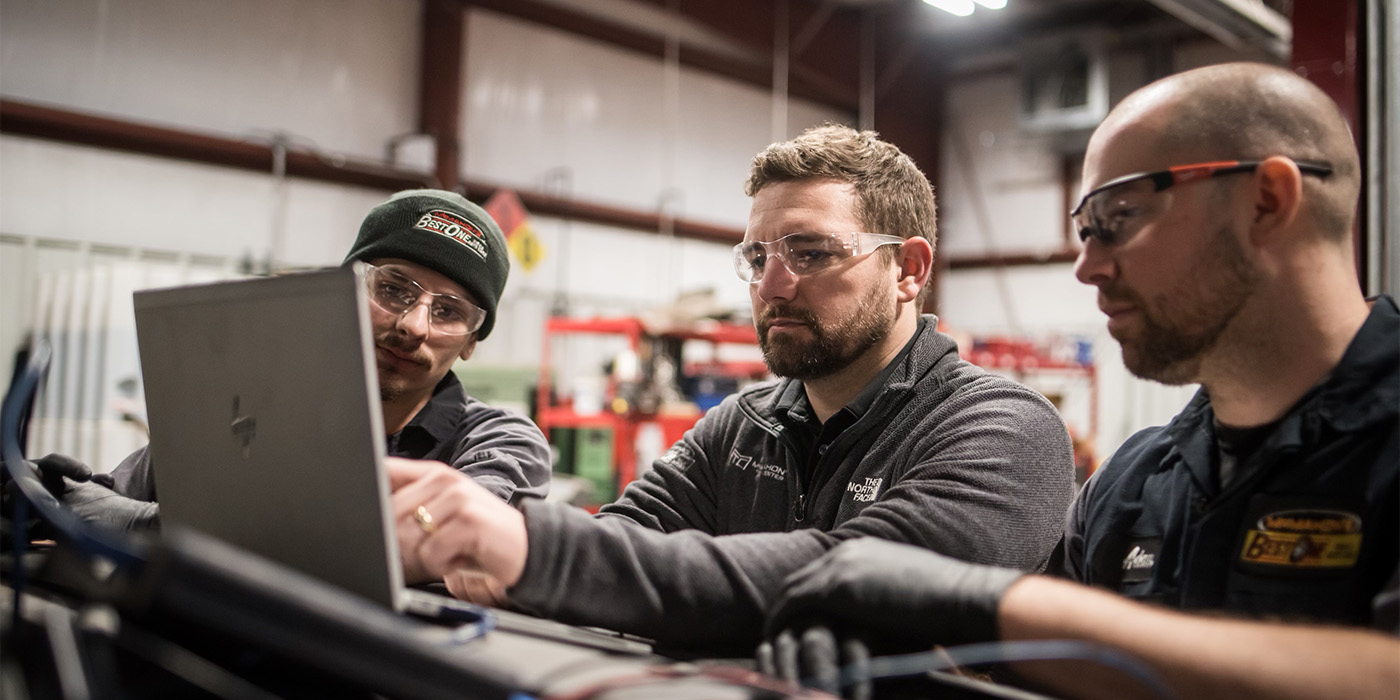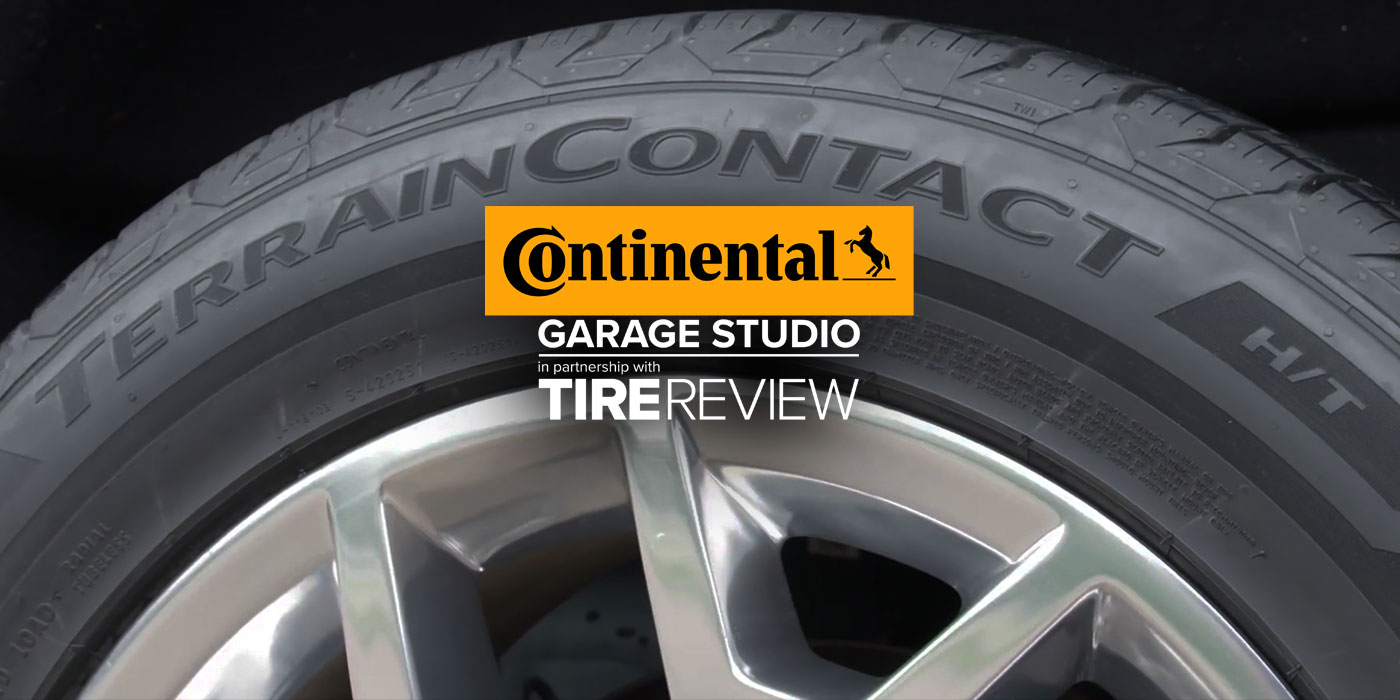In his hit song “Fly Like an Eagle,” rock musician Steve Miller wrote “Time keeps slippin’ into the future.” How true that is. In what seems a considerably shorter time, somehow it has been 10 years since I was first featured in Tire Review with the January 2010 cover story “Deliver World-Beating Customer Service.” Since then, I’ve been a regular contributor with my “Selling Smart” column.
Not long before then in 2009, I shifted the focus of my sales training business from software and printing businesses to specializing in the tire/auto service industry. Since then, I’ve had the privilege of training the teams of many of the very best tire/auto service businesses in North America, many of which are also Top Shop winners.
In this article, I’ll look back at some of those Selling Smart articles with some greatest hits lessons and proven principles that can increase the success of your tire business.
The Customer’s Perception Is Your Reality
In that very first “Deliver World-Beating Customer Service” article, I was quoted as saying “The customer always decides whether or not you are delivering exceptional customer service. In every case, the customer’s perception is your reality. It doesn’t matter what you as a sales manager or owner may think; it’s all about the customer’s perception. If they feel they have had a sub-standard customer experience, then the bottom line is that they have.” With that in mind, everything your business does, or is thinking of doing, should be based on customer-focused questions like, “How will this look from a customer’s point-of-view?” and “How will this make customers feel?”
Consistency Rules
ln my May 2014 article, “The Real Case for Consistency,” I wrote about how a lack of consistency is one of the biggest problems facing multi-location tire and service businesses. When a customer’s experience is inconsistent—exceptional one visit and so-so or poor the next—their confidence is compromised and influenced by the perceived risk. In turn, they are more likely to consider competing alternatives.
Simply put, if your business is not consistent, then your business is not truly trusted. With uncertainty as to what they will experience in the future, not only is customer loyalty jeopardized but the likelihood of receiving referrals is also greatly diminished. Without consistent-quality service, people will not consistently return to become loyal customers of your business.
Workplace Culture Drives or Derails Success
In my October 2015 article, “A Winning Workplace,” I wrote about the constant concern in the industry of attracting and retaining talented employees. To address this, I recommended that you take a good hard look at the engagement level of your existing employees first.
The issue of whether or not you currently have a winning workplace will ultimately determine if you retain “good people” and how productive they are during their tenure with your business. With that in mind, I provided this Winning Workplace Rule: If you want to attract and employ top talent, you must first create an organization that top talent want to be part of.
As I’ve seen time and time again, a highly engaged workforce means the difference between a company that thrives and one that flounders. As I detailed in the article, the five signs of disengagement you should look out for are a bad attitude, no initiative, lack of focus, irresponsible and no PRIDE.
Professionals Don’t ‘Wing It’
In November 2014, I authored, “Are Your Salespeople ‘Winging It’ on the Phone?” This article went hand-in-hand with the earlier consistency piece, as my training and industry research had confirmed that the vast majority of tire businesses were inconsistent with their salespeople essentially ‘winging it’ on their sales calls. Rather than managing interactions, sales reps usually default to being mere order takers with recommendations based on size/inventory and most sales being made on price and/or by being in the right place at the right time. As you would expect, this situation costs their businesses substantial lost sales and profits.
All world-class companies train their sales associates in a process. Furthermore, the best sales processes are not readily seen by customers—they simply sense they’re being treated professionally and cared for exceptionally. To improve customers’ shopping/buying experience and, ultimately, results for the business, a true sales process is essential.
If You Don’t Measure It, You Can’t Manage It
In my June 2017 article, “6 Vital Factors for Successful Sales Staff Training,” I wrote about the importance of measuring employees’ sales performance and how few tire/auto service businesses actually do this.
Without proper evaluation, it’s difficult to determine performance and hold salespeople accountable for changing and improving their behavior to improve results. The single best way to measure the effectiveness of training and employees’ sales performance is to evaluate your incoming sales calls.
With well over 60,000 actual customer calls evaluated for dozens of multi-location tire businesses, my team and I can testify that evaluation, combined with sales process training and proper coaching, is a major game-changer to improve the image of your brand and increase sales conversions.
Be Remarkable or Be Irrelevant
In my December 2017 piece, “Five-Star Mediocrity,” I wrote about how a very large percentage of customers of most tire businesses aren’t really their true customers. They’re shoppers—transient customers who are here today, gone tomorrow.
These folks call around for and often buy because of price. Although they may have been a previous customer, now that they’re back in the market for tires or vehicle service, you are now just one of several shops they call, once again, to make their decision based on price.
The problem is potential customers shop around with very little to distinguish one tire business from the next, so they naturally default to the shopping around for the cheapest price on the product or service they’re seeking. The solution is true emotional engagement with customers, which does not come from merely satisfying the needs of customers or providing the lowest price. It comes from providing positively memorable experiences, both in the way shoppers are treated on initial calls, all the way through their customer experience in your store.
While every independent tire business is capable of being remarkable in this way, only a small minority ever actually achieve it. The majority plays it safe, sticks to the norm and delivers ordinary, unremarkable customer experiences. With your products and services being essentially identical to your competition, the customer “experience” is your ultimate competitive advantage.
Ferrante is CEO of Sale Away LLC and producer and host of the “Pinnacle Performance Training” program.
To read the full January 2021 issue, click here.














